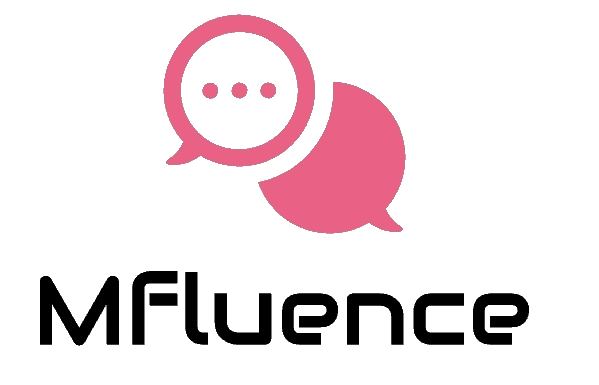So you’ve taken the plunge and invested in a new CRM software program – congratulations! A CRM can be a game-changer for your business, but a smooth transition is key to maximizing its benefits. Here, we’ll explore some best practices to ensure your CRM implementation goes off without a hitch.
Planning is Paramount:
- Define Your Goals: What do you hope to achieve with your CRM? Increased sales, improved customer service, or streamlined workflows? Clearly defined goals will guide your implementation process and measure success.
- Assemble Your Team: Create a core team responsible for overseeing the implementation. This team should represent different departments (sales, marketing, customer service) to ensure a well-rounded approach.
- Data is King: Before migrating data to your new CRM, take the time to clean and organize your existing customer information. Duplicate entries, outdated records, and incomplete data will only create headaches down the line.
Building User Buy-In:
- Communication is Key: Keep your team informed throughout the entire process. Explain the benefits of the new CRM and address any concerns they might have.
- Training Makes Perfect: Provide comprehensive training for all CRM users. This will ensure everyone understands the features and functionalities of the software and can utilize it effectively.
- Embrace Feedback: Encourage your team to provide feedback during and after the implementation. This will help identify any roadblocks and ensure the CRM meets their needs.
Optimizing for Success:
- Start Small, Scale Up: Consider a phased implementation, rolling out the CRM to specific departments or functionalities first. This allows for easier troubleshooting and user acclimation.
- Customize Your CRM: Most CRMs offer customization options. Tailor the interface and workflows to align with your specific business processes for a more efficient user experience.
- Embrace Ongoing Support: Don’t be afraid to leverage the support resources offered by your CRM provider. They can answer questions, troubleshoot issues, and help you get the most out of your software.
By following these best practices, you can ensure a smooth CRM implementation that minimizes disruption and maximizes user adoption. Remember, a successful CRM implementation is an ongoing process. At Mfluence, Continuously monitor usage, gather feedback, and refine your approach to unlock the full potential of your CRM software and transform your customer relationships.
https://calendly.com/business-mfluence Learn More About Our CRM Software
